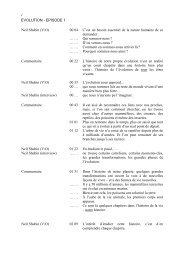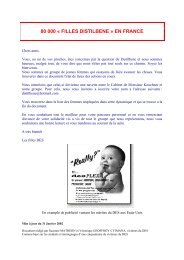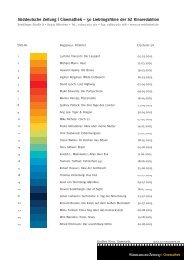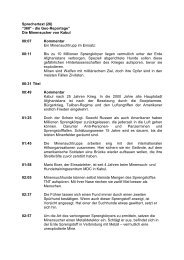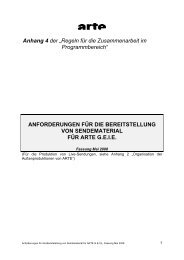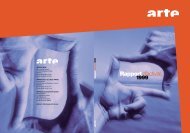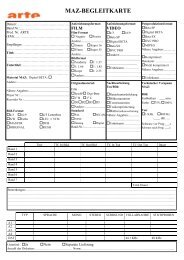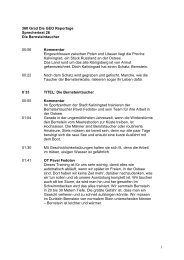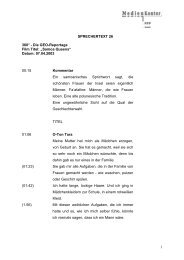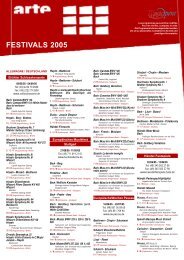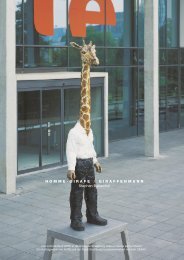POPs IN AFRICA HAZARDOUS WASTE TRADE 1980 - 2000 ... - Arte
POPs IN AFRICA HAZARDOUS WASTE TRADE 1980 - 2000 ... - Arte
POPs IN AFRICA HAZARDOUS WASTE TRADE 1980 - 2000 ... - Arte
You also want an ePaper? Increase the reach of your titles
YUMPU automatically turns print PDFs into web optimized ePapers that Google loves.
203 ibid.<br />
“ABC” with participation of the British Leigh Environmental.<br />
Leigh’s top manager Malcolm Wood also came to Ciskei to<br />
coordinate the multi-million dollar deal.<br />
Ciskei’s head of government, the general Oupa Gqozo had<br />
allegedly given the go ahead for the deal during a visit to Austria<br />
in November 1990. In connection with the Ciskei scheme there<br />
was also talk about chemical wastes, PCBs and industrial<br />
sludges. Unnamed government officials said the Ciskei<br />
government had set up a team of experts to develop a huge<br />
incinerator (rotary kiln) to destroy the most harmful of the toxic<br />
substances to be imported. The amount of the business was to be<br />
USD 600 million per annum.<br />
Upon Greenpeace requests the government confirmed the plans<br />
in principle in November 1990, but after detailed questioning<br />
they said: “Get lost”.<br />
These shipments were to be processed, as in the case of Transkei,<br />
via the South African port of East London. But the South<br />
African government opposed these plans during a process of reevaluation<br />
of their own waste trade policy. It was suspected by<br />
some that Pretoria wanted to make the deal for themselves. The<br />
Ciskei administration thereupon started deliberations to maybe<br />
build a port of its own so to be independent from the South<br />
African government in Pretoria.<br />
Ambrosini’s representatives were allegedly active during that<br />
time also in Angola, Namibia and Mozambique. 203<br />
Scheme: Pasminco<br />
Date: September <strong>2000</strong><br />
Type of Waste: Mining wastes containing lead and arsenic<br />
Source: Australia<br />
Exporter: “mining & smelting giant” Pasminco<br />
Importer: Mintek, parastal South Africa<br />
Pretext/ Fate: “research”<br />
Status: actual<br />
South African Environment Affairs Minister Valli Moosa<br />
defended a government decision to allow 60 tonnes of hazardous<br />
mining waste to enter Durban in September <strong>2000</strong> for research<br />
purposes.<br />
South Africa had not yet ratified an amendment to the Basel<br />
Convention prohibiting the transboundary movement of<br />
hazardous material which was destined for disposal, he said in a<br />
statement.<br />
He said nevertheless, the country was committed to responsible<br />
104



